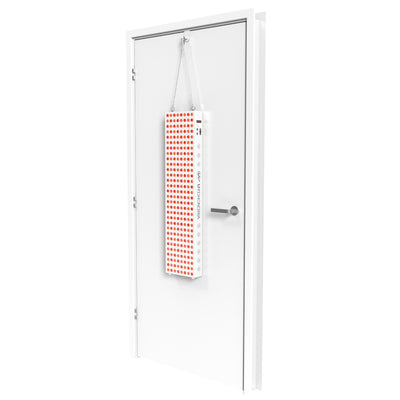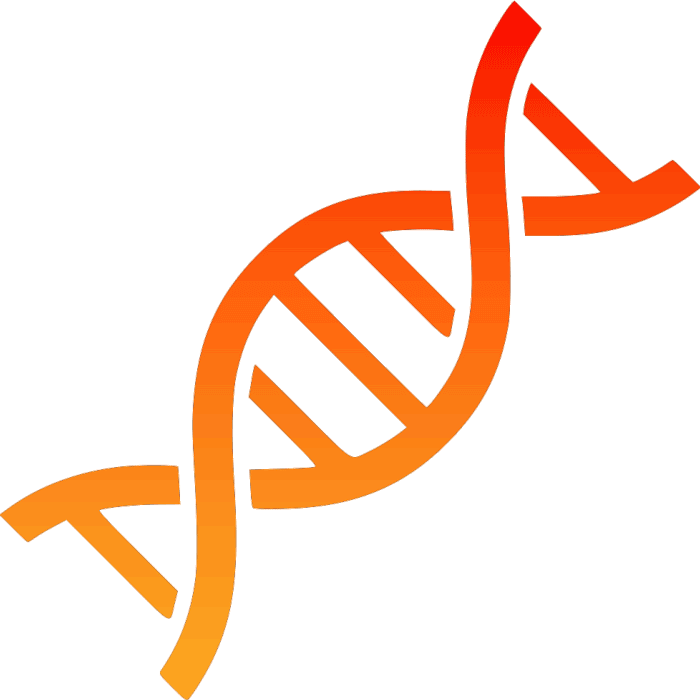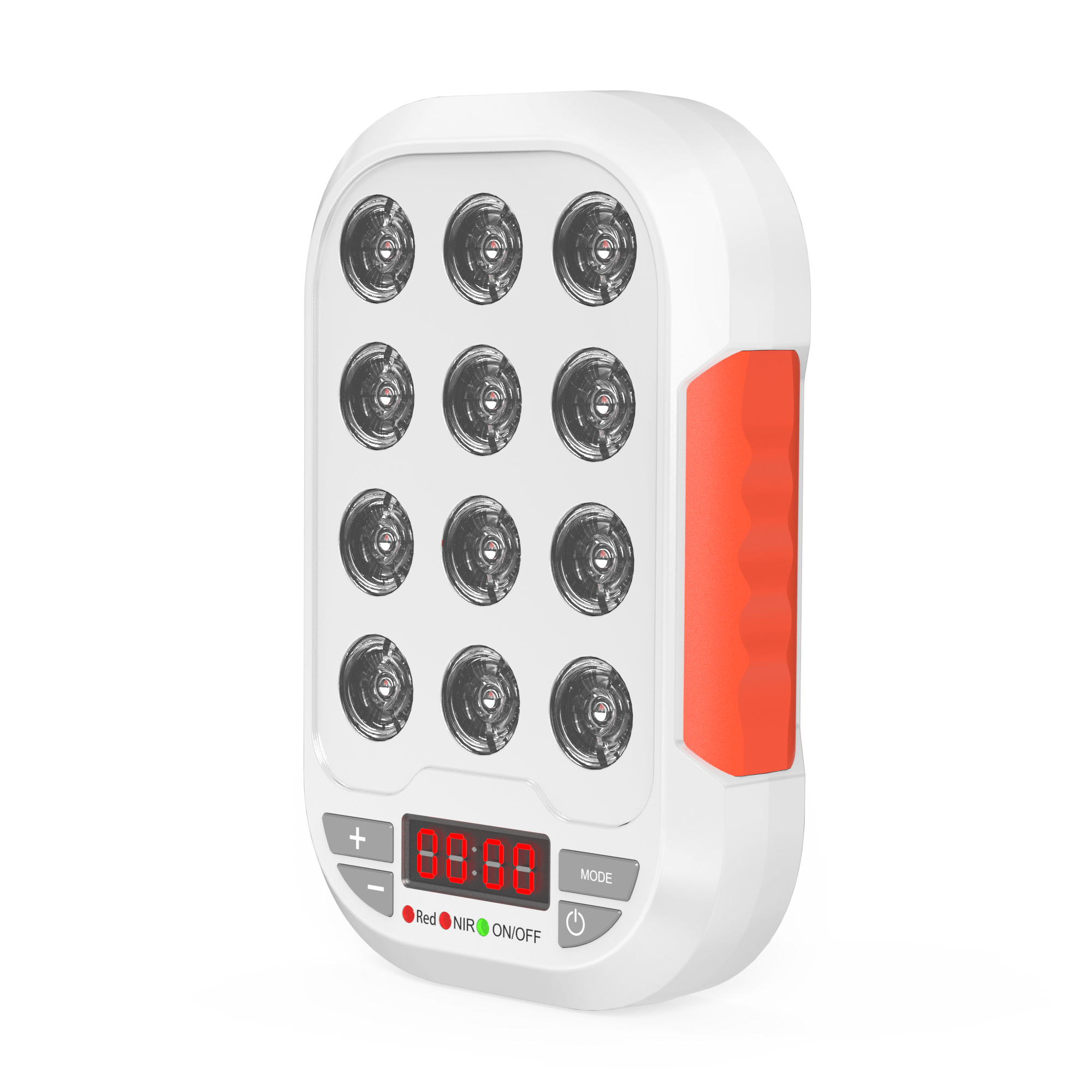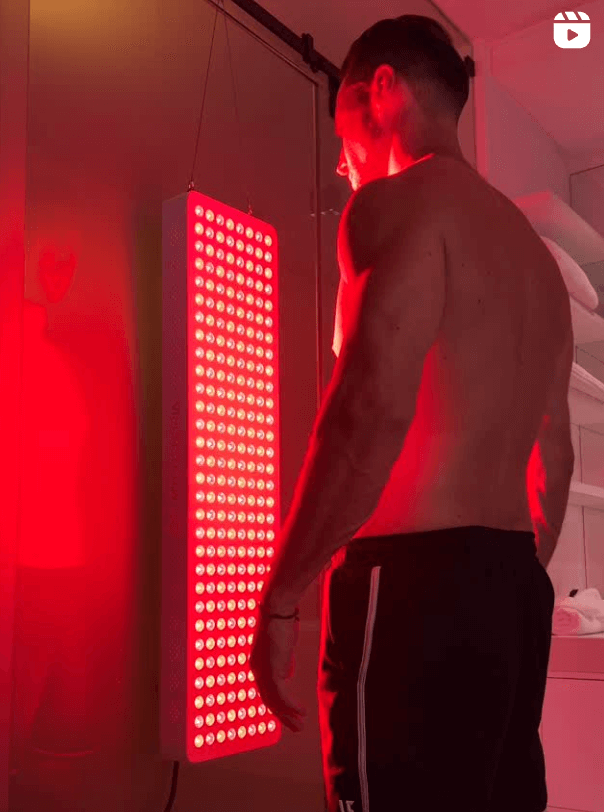
The supplement and diet industry has sold us many dreams. Particularly about products such fat burners, slimming teas, illegal anabolic steroids, and bulking agents.
It has been estimated that the supplement industry is worth over $122 billion. The continuous drive from key role players in this industry convince uneducated consumers that their products are able to achieve unrealistic and unhealthy goals – which are branded as providing their consumers with “health and wellness”.
We wanted to take a deeper dive into this topic, to establish how we can educate ourselves more on muscle building and maintenance.
Tell us how!?
Muscle building is not always easy. We’re told that we need to be in a caloric surplus and consume between 1.6 – 2.4g of protein per kg body weight and that we need to lift heavy weights.
If you’re not sure what a caloric surplus is, don’t worry, we’ve got you. A calorie is a unit of measure of the energy content that is available in food. Think of a burger as a house made of bricks, each brick of that house represents a calorie of that delicious cheeseburger.
The calories we consume from food provide our bodies with the energy required to breathe, for our hearts to pump blood and for our brains to function. The total energy required from food for our bodies to merely exist and keep us alive is called our Basal Metabolic Rate (BMR).
This is before the energy requirements we need for normal daily activities (including exercise) – called your Total Daily Energy Expenditure (TDEE). To lose weight, we need to consume less calories than our TDEE.
To maintain your weight, we consume calories equal to our TDEE and to gain weight, we eat a caloric content in excess of our TDEE. No matter what your goal is, consuming sufficient protein for your body is the most important factor to consider. In order for muscle to be built, we need to think of that house of bricks again.
Our bodies needs energy (bricks) in an excess of what it needs to function and to perform normal daily activities in order to get bigger or to grow new muscles.
So in addition to eating in a caloric surplus, we wanted to help you out with some additional tips that will make this often overwhelming process just a little bit easier:
- Consume enough protein
- Focus on a progressive overload with training (gradually increase weights used)
- Supplement with creatine (the only scientifically proven supplement that aids in muscular growth)
- Get enough sleep (a study showed that over a period of a week, getting 5 hours of sleep a night instead of 8 hours reduces muscle-building testosterone by between 10-15%)
- And yes, you’ve guessed it.. use red light therapy.
How can light help us build and maintain muscle?
Your muscles are the cells that contain the most mitochondria. This makes sense as our muscles need the most amount of energy to function. Red light therapy enhances energy production in mitochondria specifically, and therefore, more mitochondria with more energy in the muscles means more efficiently functioning muscles. Ultimately this results in a greater fitness level and better athletic performance.
Red light therapy also assists in:
- Improving muscular recovery post injury
- Relieving and reducing the effect of delayed onset muscle soreness
- Improving grip strength
- Reducing time for muscular fatigue
- Enhancing sprint speed
A number of clinical trials have been performed on the effect of red light therapy and muscular maintenance. One that was particularly interesting involved a set of identical twins, this means identical genetic codes and allows for a direct comparison to be made without any external variances. This increased the researcher’s confidence that the results of the study could be solely attributed to the effects of red light therapy only.
The study involved the twins going through a rigorous training routine over a twelve-week period, with one twin receiving genuine red light therapy treatment after each training session, and the other twin receiving a placebo light treatment. The results from this study were staggering. The twin that received treatment from the genuine red light therapy device increased in muscle strength by almost 30% after 12 weeks. Muscular volume (size) was increased by 15% and muscular soreness after exercise was significantly reduced in the twin that received the genuine red light therapy device.
There are hundreds of peer reviewed articles like this, where red light therapy continuously provides successful outcomes for athletes and individuals wanting to gain or maintain muscle.
Remember, red light therapy is a safe, non-invasive treatment that has no negative side effects so you have absolutely nothing to lose!
View the MyLight Collection >>>
Written By: Caroline Bursey




























